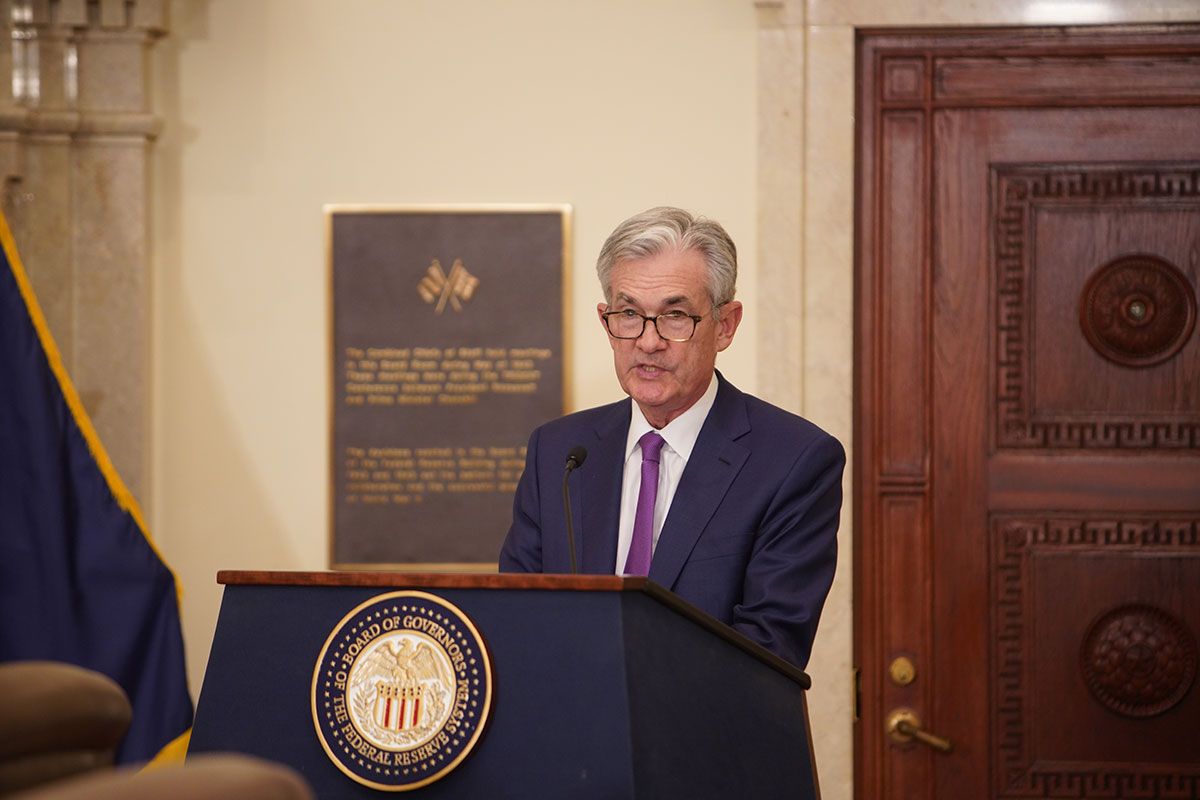Top US renewable developers warn of power shortages

Trump’s move to halt new solar and wind projects is drawing urgent warnings from renewable power companies, which say the policy will raise electricity prices and strain a grid that is already struggling to meet fast-rising demand.
The president has long argued that wind turbines are unattractive and kill birds, and that large solar farms take up too much land.
This week, he went further, saying his administration will not approve such projects. “We will not approve wind or farmer destroying Solar,” he wrote on Truth Social on Wednesday. “The days of stupidity are over in the USA!!!”
Top renewable developers warn of power shortages
Arevon, Avantus, and Engie North America, three of the 10 largest U.S. renewable builders, according to Enverus, said a permitting freeze would slow growth across the sector.
Kevin Smith, CEO of Scottsdale, Arizona-based Arevon, said cutting off projects will deepen a looming power shortfall, add stress to the grid, and lift household bills. Arevon operates five gigawatts of solar and battery storage across 17 states, equal to about $10 billion of investment.
“I don’t think everybody realizes how big the crunch is going to be,” Smith said as per a CNBC report. “We’re making that crunch more and more difficult with these policy changes.”
Engie North America is cutting planned U.S. investment by 50% due to tariffs and regulatory uncertainty, said David Carroll, the company’s chief renewables officer.
He said deeper cuts are possible. The Houston-based subsidiary expects to operate about 11 gigawatts of solar, battery storage, and wind by year-end. The United States has long been seen as a steady place to invest, Carroll said, but that view is changing. “The stability of the U.S. business market is no longer really the gold standard,” he said.
Metal tariffs drive up project costs by 30%
Smith said Arevon’s solar and storage budgets are up as much as 30% from metal tariffs, forcing many developers to reopen prices with utilities because some projects no longer pencil out.
Trump’s One Big Beautiful Bill Act ends the investment tax credit and the production tax credit for solar and wind in late 2027. Those incentives were effectively passed through to customers, Smith said. Their end, combined with tariffs, will show up on monthly bills.
Graham said Avantus’ solar price has roughly doubled to $60 per megawatt-hour as rates and tariffs increased, and could reach about $100 per megawatt-hour when the tax credits expire. “The small manufacturers, small companies, and mom and pops will see their electric bills go up, and it’ll start pushing the small entrepreneurs out of the industry or out of the marketplace,” he said.
Projects that start construction by next July, one year after the law took effect, can still claim the credits.
Arevon, Avantus, and Engie said current builds are moving ahead, but the outlook for later in the decade is uncertain. Smith said the United States will see a large drop in new renewable generation beginning in the second half of 2026 through 2028 as projects lose access to credits. “The small- and medium-sized players that can’t take the financial risk, some of them will disappear,” he said. “You’re going to see less projects built in the sector.”
Developers also warned about an AI-driven power crunch
Electricity demand is jumping as data centers train artificial intelligence systems. PJM Interconnection, which manages the grid in 13 states and the District of Columbia, has warned of tight supplies.
More than 90% of projects waiting to connect are solar, battery storage, or wind, according to Enverus. “The power requirement is largely going to be coming from the new energy sector or not at all,” Smith said. Without that build-out, “the grid becomes substantially hampered.”
Join Bybit now and claim a $50 bonus in minutes




.png)
